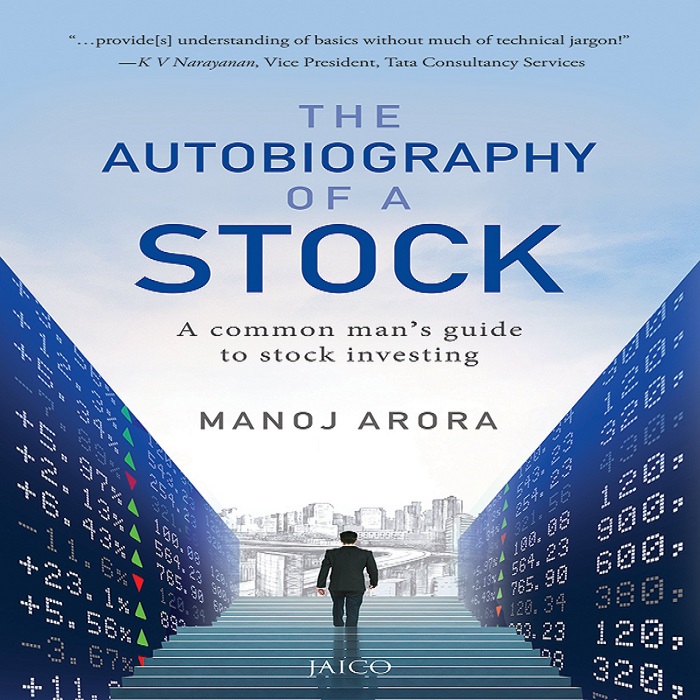One of the benefits of being an Indian middle class child is that you learn much earlier in life that you need to save money, irrespective of whether you like it or not. Most children from these households might have grown up listening to how their parents had to shed blood to ensure financial security for the family. While one must be grateful for all that they have been provided with, one cannot deny the fact that the circumstances of an Indian household doesn’t really approve of or prepare you to take any sort of risks to improve your finances. There weren’t even many takers for entrepreneurship as compared to a paid job, until recently. So, investment for an Indian household would mean a savings account, a fixed deposit, a recurring deposit, or a real estate investment. Given our conditioning, it was blasphemous to even consider stocks as an investment option and some of us dread even more after having tried our hands at stocks and burnt them once. That is what happened with Manoj Arora, the author of the book, ‘The Autobiography of a Stock’. In this book, the author talks about how, after an initial fallout, he learnt to embrace stocks to achieve his goal of financial freedom.
Being one of those financially clueless middle-class children, I was partly excited and partly skeptical, when the author promised to share with us his knowledge of investing in stocks. He begins with a disclaimer that he doesn’t have a decorated degree in finance and that his techniques are purely based on his experience and learnings in the last few years. A couple of pages into the book, Manoj throws the first lesson at his readers which had me heart-broken. “Time is the biggest leveler for wealth creation’, he says. Having lost few precious years already without healthy investments, I was beginning to wonder if the author was tricking me into finishing the book. But, he goes on to prove, with an example, why it was important to start investing early in life and I knew I had to finish the book. There are only 10 chapters, but there are about 83 such precious lessons for you to learn on your journey towards financial liberty. Interestingly, these lessons aren’t entirely about stocks or finances or investments. They also talk about inculcating few personal qualities to be successful with investments. While these lessons and pointers are strewn all over the chapters as appropriate, he also duly summarizes them at the end of the book for reference. I only wish these summarizations had page numbers added to them for easier reference.
The author must be appreciated for his choice of narrative for the book. He has adopted the style of story-telling for the book thereby making it easier even for readers who might otherwise run at the mention of numbers and charts. The narrator is Mr. Stock himself, who claims to be sent by God to earth on a mission to empower the mankind financially. Mr. Stock finds his destiny through his student Gobind, another lost investor, whom he guides towards financial enlightenment. The first few chapters speak of the basics of stocks. As we progress to the later chapters, Mr. Stock chooses to impart practical knowledge to his student. So, he picks real data and stocks as examples and teaches Gobind how to shortlist a stock, how to value-analyze it, how to finalize on a stock for investment, how to manage the risks, and how to get to the happily-ever-after. The best part of the book for me was that Mr. Stock can really understand the anxieties of his student because those are real anxieties of any investor and Mr. Stock certainly seemed to have good solutions for the same.
The book introduces you to a few copyrighted innovations to analyze a stock. There is step by step instructions for these analyses and there are frequent summarizations, cross verifications, and clarifications to ensure that you aren’t lost with the all the numbers. The author also talks about faith, God, and spirituality based on his experiences. While sometimes it helps the narration, there are times it does become an overkill but you can choose to ignore those parts because the rest of the book to me is promising. I couldn’t have asked anything better than this to learn how to invest in stock markets. The book speaks the language of the beginners and is simple to follow. Although I haven’t yet tried the techniques that the author is advocating, I would certainly recommend the book to anyone interested in investing. This book, I promise is better than any friend who might have impressed you with some deceptive jargons, because you get to learn at your own pace, follow your instincts, and charter your own journey.


